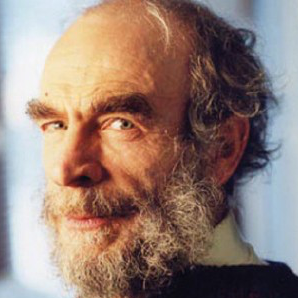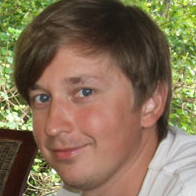Colored Bárány's theorem
姜子麟 (Zilin Jiang)
Point selection problem
Median for plane? A point in many triangles?
The planar case
Given $n$ points on the plane in general position.
Boros–Füredi Theorem
There exists a point in $\ge$$\frac{2}{9}$${n\choose 3}-O(n^2)$ triangles.
Bukh–Matoušek–Nivasch Theorem
The constant $\frac{2}{9}$ is the best possible.
Higher dimensional case
Given $n$ points in $\mathbb{R}^d$ in general position.
A simplex is the convex hull of $d+1$ points.
Bárány's Theorem
There exists a point in $\ge c_d{n \choose d+1}$ simplices.
Bukh–Matoušek–Nivasch Theorem
We cannot hope for $c_d > \frac{(d+1)!}{(d+1)^d}$.



Bárány: a point is in $\ge$$c_d$$n\choose d+1$ simplices.
| 1982 | Bárány | $\frac{1}{(d+1)^d}$ |
| 2003 | Wagner | $\frac{(d^2+1)}{(d+1)^{d+1}}$ |
| 2010 | Gromov | $\frac{2d}{(d+1)(d+1)!}$ $< \frac{(d+1)!}{(d+1)^d}$ |
Plan of talk
Introduce a colored variant
Karasev's proof with a twist
Colored variant
Given $n$ red $n$ green $n$ blue points.
Colored Bárány's Theorem
There is a point in at least $pn^3$ colorful triangles.
Probabilistic Equivalence
Given $n$ red $n$ green $n$ blue points.
There exists a point in a random colorful triangle with probability $\ge p$.
Continuous Equivalence
Given probability measures $m_0$, $m_1$and $m_2$.
There exists point in a random colorful triangle with probability $\ge$ $p$.



| 2010 | Gromov | $\frac{2}{9}$ $\to \frac{2d}{(d+1)(d+1)!}$ | $m_i = m_j$ |
| 2012 | Karasev | $\frac{1}{6}$ $\to \frac{1}{(d+1)!}$ | |
| $\frac{2}{9}$ $\to \frac{2d}{(d+1)(d+1)!}$ | $m_1$$=$ $m_2$ | ||
| 2014 | J. | $\frac{2}{9}$ $\to \frac{2d}{(d+1)(d+1)!}$ |
Plan of talk
Introduce a colored variant
Karasev's proof with a twist
Karasev's proof
Given probability measures $m_0$, $m_1$and $m_2$.
Proof by contradiction. Assume for every point $v$,
$\operatorname{Pr}\big(v \text{ is in} $ $ \big) < p := 2/9.$
Plane (plus a point at infinity) and sphere are the same.
Auxiliary map
Gradually build a map such that:
- it is identity when restricted to the sphere;
- it is economical: image of each "spike" is "small".
Build economical map gradually
Step 1: Vertex $O$ (sphere center) $\mapsto \infty$ (the north pole).
Step 2: Want $\overline{PO}\mapsto \overline{P\infty}$.
Claim $\operatorname{Pr}\big(\overline{P\infty} \text{ intersects }$ $\big)$ $< p$ for some $\overline{P\infty}$.
Observation $P$ is in $\Longleftrightarrow$ intersects .
$\operatorname{Pr}\big($ intersects $\big)=\operatorname{Pr}\big($is in $\big) < p$
$\implies \operatorname{Pr}\big($intersects $\;\big\vert\; $$\big) < p$ for some
Step 3: Want to define $f$ on $OPQ$.
Set $a = \overline{m}(A) = (m_1(A) + m_2(A))/2$.
$2a(1-a)\le$ $\operatorname{Pr}\big($ intersects $\big)$$< 2p$
$\implies a(1-a) < p = 2/9$. WLOG assume $a < 1/3$.
Degree argument
Found a map $f$ such that $\overline{m}\big(f(OPQ)\mathrm{mod2}\big)<\frac{1}{3}$$\implies \overline{m}\big(f(\text{spike})\mathrm{mod2}\big) < 1$.
Definition Degree of map $f$ is $\left|f^{-1}(\text{generic point})\right|$.
$\sum$deg of $f$ on each spike is even.
$\text{deg on sphere} + 2\sum \text{deg on }OPQ$ is even.
Degree of identity map is even.
Open problems
$c_3 = ?$
$0.07480 \le c_3 \le 0.09375$
Lower bound by Král', Mach and Sereni
Selection problem in convexity space
In a convexity space with Radon number $3$, does there exist a point in $\frac{1}{2}\binom{n}{2}$ segments?